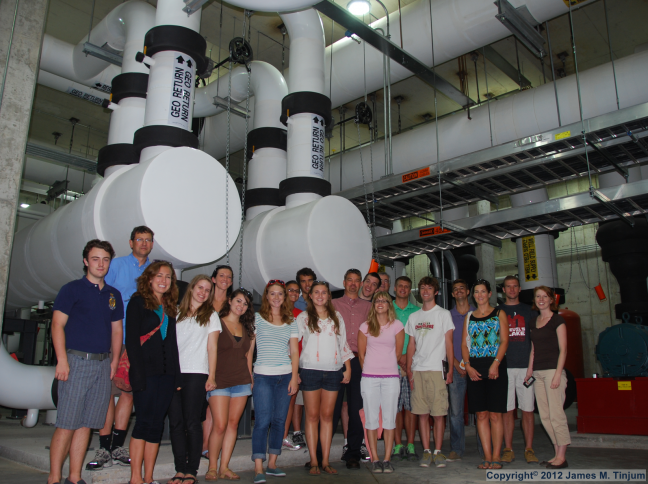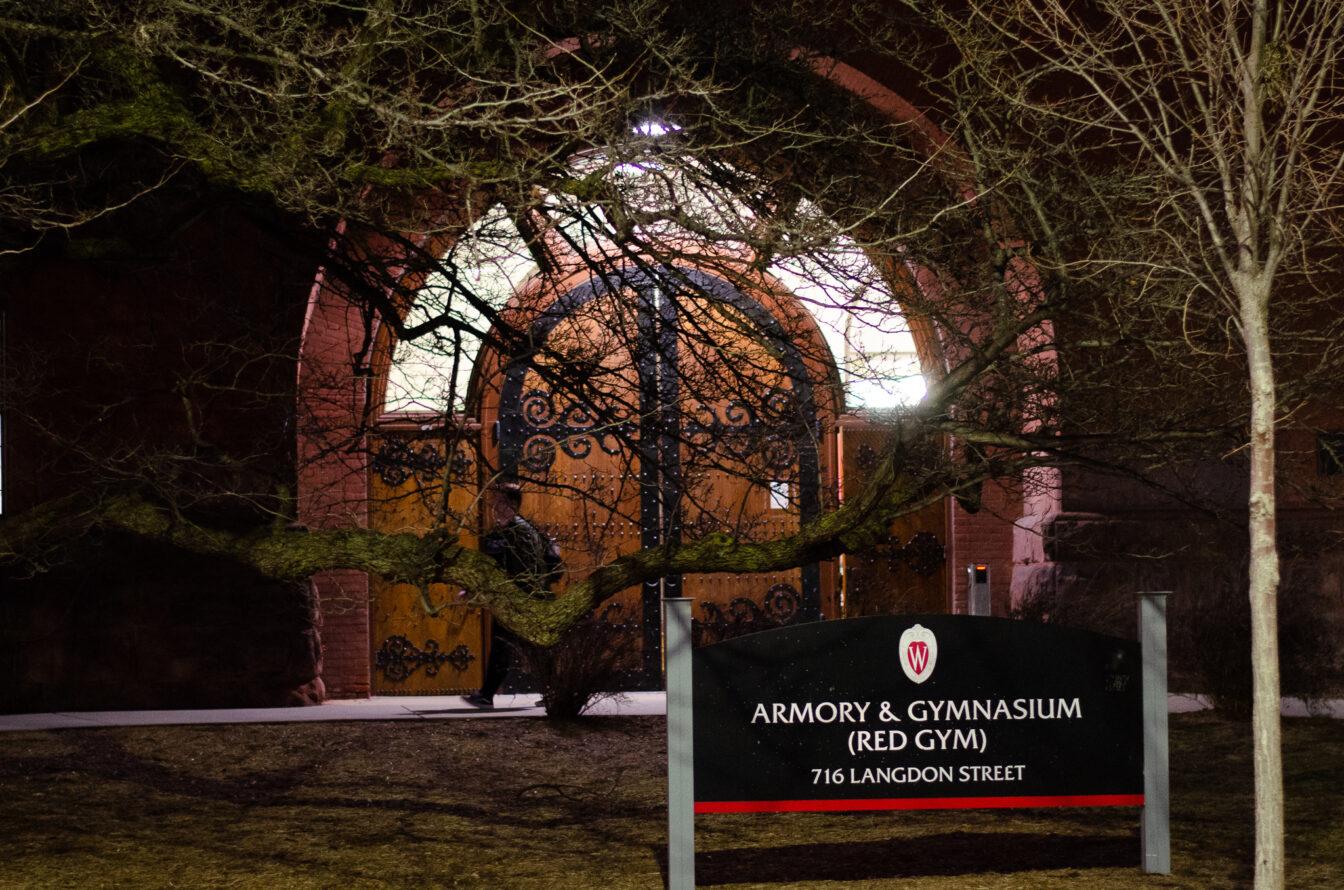With geothermal systems already in place at Epic Software Corporation and the Wisconsin Institute of Discovery, there has been a steady increase in the implementation of such systems over the years in Wisconsin.
These geothermal systems work to circulate water into the ground, using the earth as a source of energy to heat and cool buildings, UW professor Jim Tinjum, who has worked with a team to implement geothermal systems, said.
Tinjum’s team focuses on measuring the performance of the systems and how well they operate, tracking how the energy flows and what the reductions in greenhouse gases are.
“Essentially we use the earth as a thermal battery,” Tinjum said. “We extract heat in the winter and we use that for heating and eject heat in the summer for cooling purposes.”
Adam McDaniel, a graduate student studying geological engineering, said this process is used to store heat to use for later. Geothermal energy is a renewable resource, unlike other resources such as coal, which is more finite, McDaniel said.

Jim TInjum/UW College of Engineering
Compared to other states, Wisconsin is lagging in terms of the utilization of renewable energy. McDaniel said this energy is important because it allows Wisconsin to be more self-sufficient. By producing this kind of energy in your own backyard, there is no need to rely on other sources to bring it in, McDaniel said.
“The less we rely elsewhere for energy and the more we are doing it ourselves, hiring local labor, the better it is for our economy,” McDaniel said.
These geothermal systems have the potential to significantly reduce the release of greenhouse gases. They use about 40 to 50 percent less energy compared to a wall-mounted air conditioning unit or furnace that burns natural gases, Tinjum said.
For the homeowners the benefit is two-fold, Tinjum said. The system will pay itself back in 8 to 10 years and there after, they will have energy savings of 40 percent. In addition, Tinjum said the system is much quieter than a forced air system.
More and more homeowners seem to be buying into these benefits, as the installation of geothermal systems has consistently increased since 2001. As of 2014, 1,972 systems have been installed in Wisconsin. Tinjum said this is an average of 150 to 200 systems being installed each year from 2001 to 2014.
Though these numbers represent only about .5 percent of all systems in Wisconsin, the installation of geothermal systems is continually growing and expanding, Tinjum said.
“We do not know what the price of propane, butane or natural gas is going to be in the future, but we are pretty well knowledgeable about the performance of these systems and how much energy it takes to run them,” Tinjum said. “This gives us a pretty reasonable hedge against a high energy crisis in the future.”

















